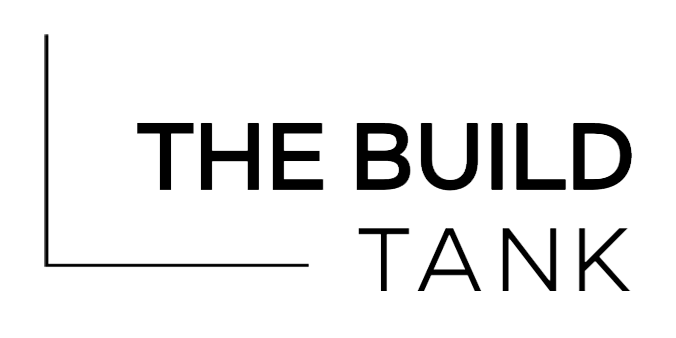The Delicious Alignment of Distributed Ownership (The Blue/Gold Divide)
Technologists are often put in charge of programs that they don’t have background for, simply because those programs are online or digital in nature. “Hey, you’re the website person, so we’re putting you in charge of this online fundraising campaign.”
Conversely, many people in non-technology roles commonly find themselves in mind-numbing technical conversations that they aren’t prepared for or interested in. Fundraisers who need new features on the website, for instance, might find themselves in meetings with developers about website platforms and security models.
This happens because we’re not acknowledging that there are multiple highly distinct skill-sets required to successfully develop a technology product.
Specifically, you need a key partnership between the technology-driven product owner, and the content-driven product user. We call this the distributed ownership model.
That phrase -- distributed ownership -- can make some people nervous. “You can’t have shared ownership,” they protest. "The boss needs one butt to kick!”
But if we’re honest, the one butt system doesn’t work anyway. No fundraiser or communications staffer has the time to get fully up to speed on the range of possibilities offered by technology. No technologist has time to keep pace with the ever evolving strategic requirements of fundraising, not to mention communications and programs at the same time.
So if you give one person the whole job, they’re destined to fall behind. You have baked-in a fundamental misalignment of goals which creates frustration on both fronts.
However, the distributed ownership model presents a far more functional setup, where everyone can deliver on the pieces of work that make the most sense for them. The digital product owner owns and focuses on the intelligence and smooth function of the architecture and the primary user owns and focuses on the informed prioritization of the functionality that will serve their needs.
So where you once had misaligned roles that created frustration on all sides, the distributed ownership model presents a far more functional setup, where everyone can deliver on the pieces of work that make the most sense for them.
In fact once it’s up and running, it can be hard for people to imagine they ever did it without these roles. An upcoming post ("Flight of the Bumblebee") shows a great example of this in action.


